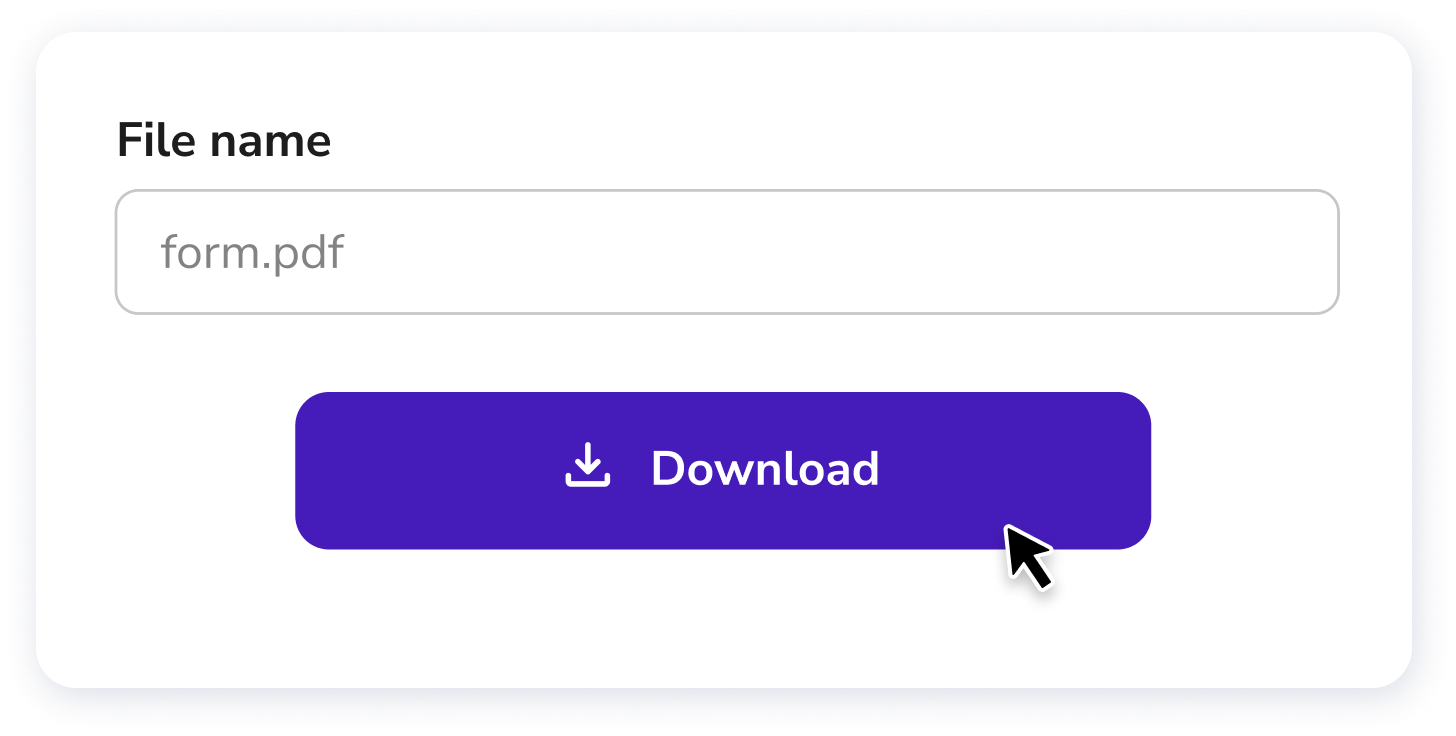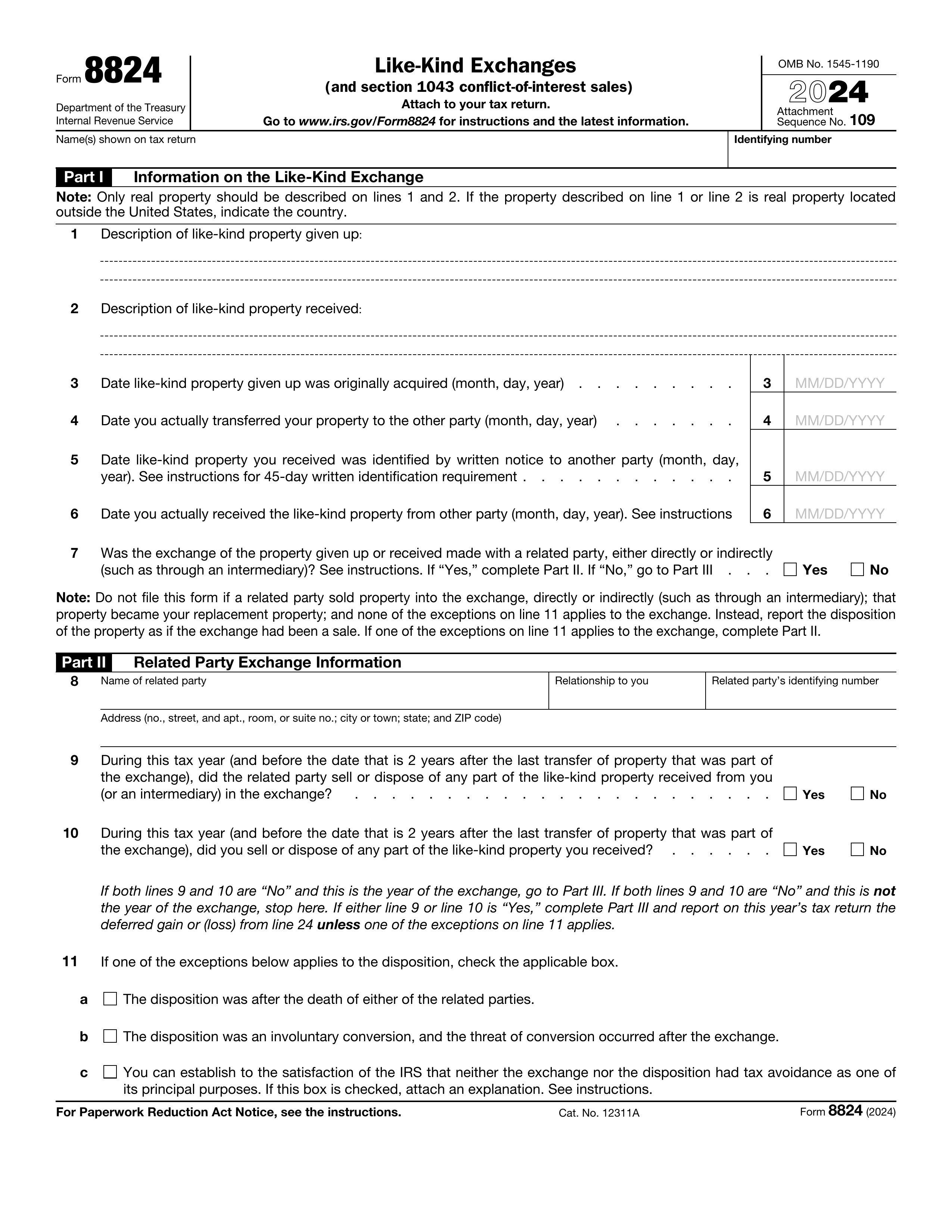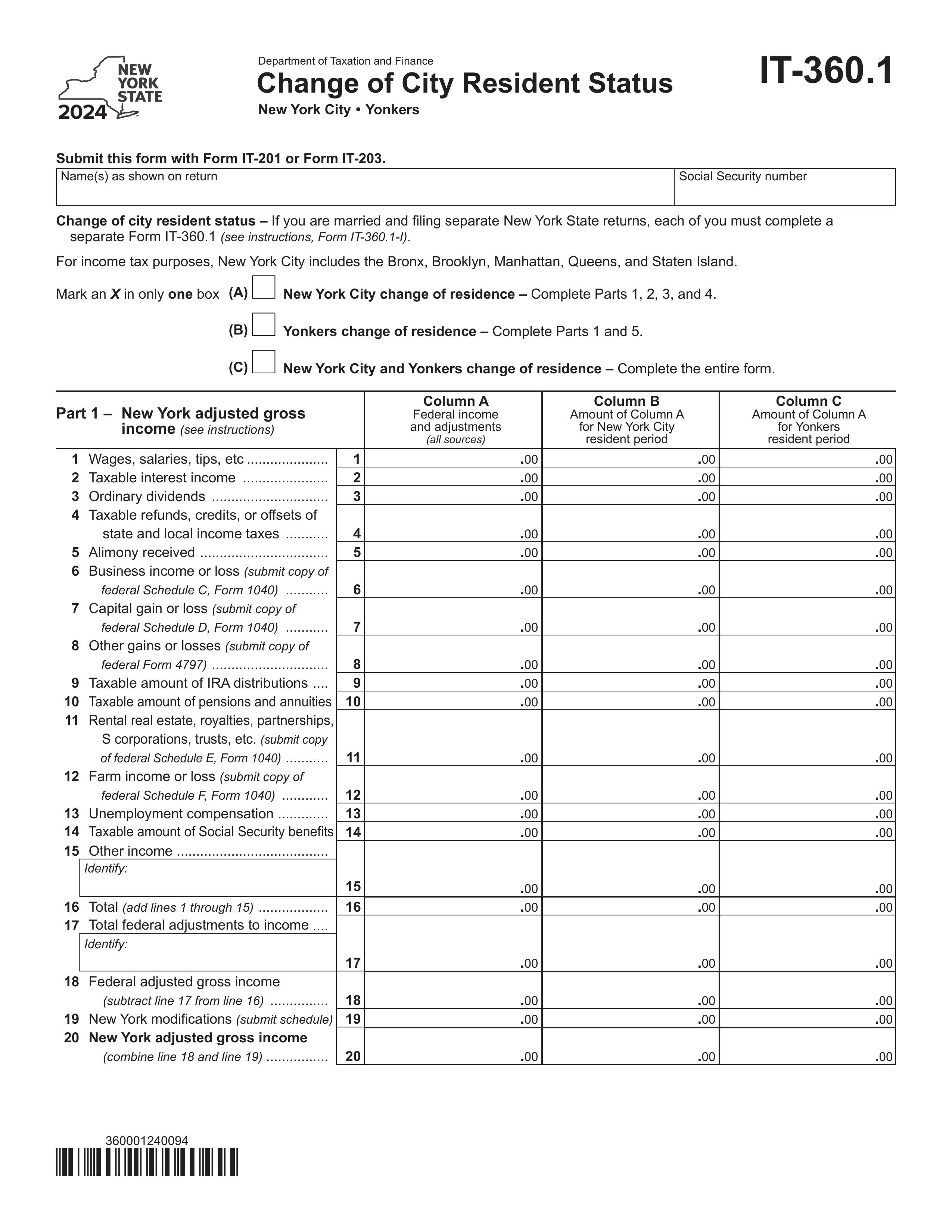What is Form 10?
Form 10, or the General Form for Registration of Securities, is a crucial document that companies submit to the Securities and Exchange Commission (SEC). This form registers new shares of stock, allowing them to be traded on U.S. exchanges. Companies must provide comprehensive financial and business information, promoting transparency and protecting investors. By ensuring that investors have the necessary information, Form 10 plays a vital role in helping them make informed decisions and holding companies accountable for their financial practices.
What is Form 10 used for?
Form 10 is essential for companies looking to register their securities. Its purposes include:
- Registration for Trading: To prepare for potential trading on U.S. exchanges.
- Disclosure Requirements: To provide detailed information about the company, including financial data, risk factors, and executive compensation.
- SEC Filing: To submit the registration statement to the SEC, which includes financial statements, exhibits, and other required documents.
- Public Disclosure: To make necessary disclosures to the public, including information about the company's securities and ownership structure.
How to fill out Form 10?
- 1
Enter a detailed Business Description, outlining your company's risks and strategy.
- 2
Attach all necessary Financial Statements relevant to the registration.
- 3
Provide a thorough Management’s Discussion and Analysis (MD&A) covering financial condition and future prospects.
- 4
Include information on Corporate Governance, management details, and executive compensation.
- 5
Disclose any ongoing Legal Proceedings and potential risk factors.
- 6
Ensure all required Supporting Documentation is attached.
Who is required to fill out Form 10?
The groups responsible for completing Form 10 include the issuer's management, directors, and financial officers who must provide detailed company information. After it is completed, the SEC reviews the form to ensure compliance, enabling the issuer to list their securities on U.S. exchanges for public trading.
When is Form 10 not required?
Form 10 is not required for companies with total assets under $10 million and fewer than 500 shareholders. Additionally, issuers engaging in transactions that do not involve public offerings, as exempted by Section 4(a)(2) of the Securities Act, are also exempt from filing Form 10.
When is Form 10 due?
The deadline for Form 10 is when a company with over $10 million in total assets and 500 or more shareholders files it with the SEC. The form becomes effective 60 days after the initial filing, unless stated otherwise. Make sure to track these dates to stay compliant with SEC regulations.
How to get a blank Form 10?
To get a blank Form 10, simply visit our website. The Securities and Exchange Commission issues this form, and we have a blank version pre-loaded in our editor for you to fill out. Remember, our platform aids in filling and downloading, but does not support filing forms.
How to sign Form 10 online?
To sign Form 10, ensure you use a handwritten signature, as electronic signatures are not accepted. At least one complete copy of the registration statement must be signed by the registrant or an authorized representative. PDF Guru can help you fill out the form and create a simple electronic signature for any sections that accept it. Remember to download the completed form and check for the latest updates before submission, as PDF Guru does not support filing or sharing.
Where to file Form 10?
To submit Form 10, manually sign the document and prepare five copies of the registration statement, including all financial statements and exhibits.
File one complete copy with each exchange where your securities will be registered. Be ready to provide additional documentation if the SEC requests it.







